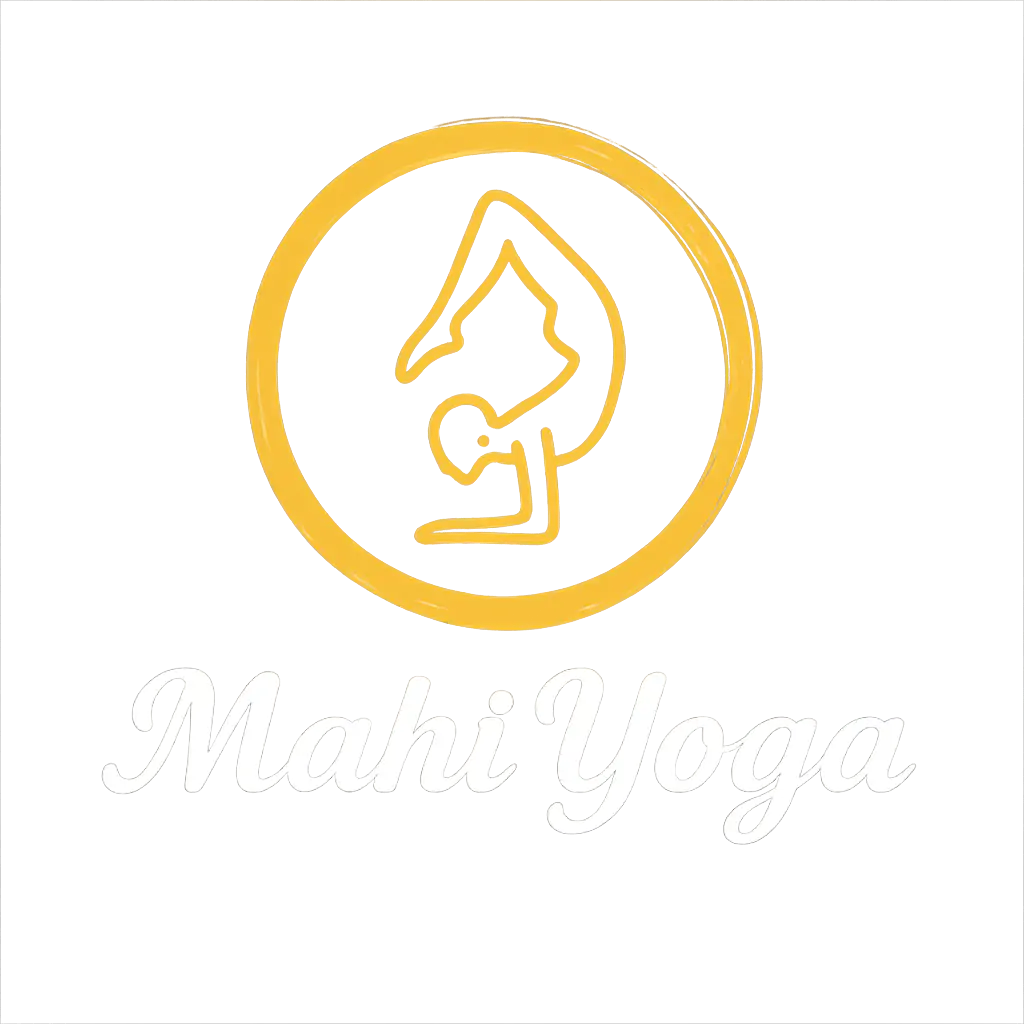Have you ever felt tired and sluggish, even after a good night’s sleep? Or maybe you find it difficult to concentrate in class or at work? If so, you’re not alone. Many people struggle with low energy levels and poor focus.
But there is a simple solution: pranayama. Pranayama, or yogic breath control, is a powerful tool for increasing energy levels, improving concentration, and reducing stress.
What is pranayama?
Pranayama is a Sanskrit word that means “breathe control” Pranayama techniques It is an ancient yogic practice that involves the conscious regulation of breath. Pranayama is a powerful tool for improving physical, mental, and emotional well-being.
Pranayama is the conscious regulation of breath. It involves using different breathing techniques to influence the flow of prana, or life force energy, in the body.
There are many different pranayama techniques, but some of the most popular for yoga students include:
- Nadi shodhana (alternate nostril breathing):This technique involves closing one nostril at a time and breathing through the other nostril. Nadi shodhana helps to balance the two hemispheres of the brain and promote a sense of calm and peace.
- Kapalabhati (breath of fire):This technique involves rapid, forceful exhalations followed by passive inhalations. Kapalabhati helps to cleanse the lungs and improve circulation.
- Bhramari (bee breath):This technique involves making a humming sound while exhaling. Bhramari helps to calm the mind and reduce stress.
How to practice pranayama
If you’re new to pranayama, it’s best to start with simple techniques and gradually progress to more advanced techniques. It’s also important to listen to your body and not push yourself too hard.
Here are a few tips for practicing pranayama:
- Find a comfortable seated position with your spine straight.
- Close your eyes and focus on your breath.
- Inhale slowly and deeply through your nose.
- Exhale slowly and completely through your mouth.
- Pay attention to the sensations in your body as you breathe.
- If your mind wanders, gently bring it back to your breath.
Benefits of pranayama
Pranayama offers a number of benefits for including:
- Increased energy levels
- Improved concentration and focus
- Reduced stress and anxiety
- Improved sleep quality
- Reduced pain and inflammation
- Enhanced respiratory function
- Increased lung capacity
- Improved cardiovascular health
- Boosted immune system
Conclusion
Pranayama is a powerful tool for improving physical, mental, and emotional well-being. If you are a yoga student, I encourage you to incorporate pranayama into your routine. Even a few minutes of pranayama each day can make a big difference in your overall health and well-being.
Additional tips for yoga teachers:
- When teaching pranayama to students, be sure to emphasize the importance of listening to their bodies and not pushing themselves too hard.
- Start with simple techniques and gradually progress to more advanced techniques.
- Provide clear and concise instructions.
- Demonstrate the techniques yourself.
- Encourage students to ask questions.
- Create a safe and supportive environment for students to practice.
By following these tips, yoga teachers can help their students to learn and practice pranayama safely and effectively.
